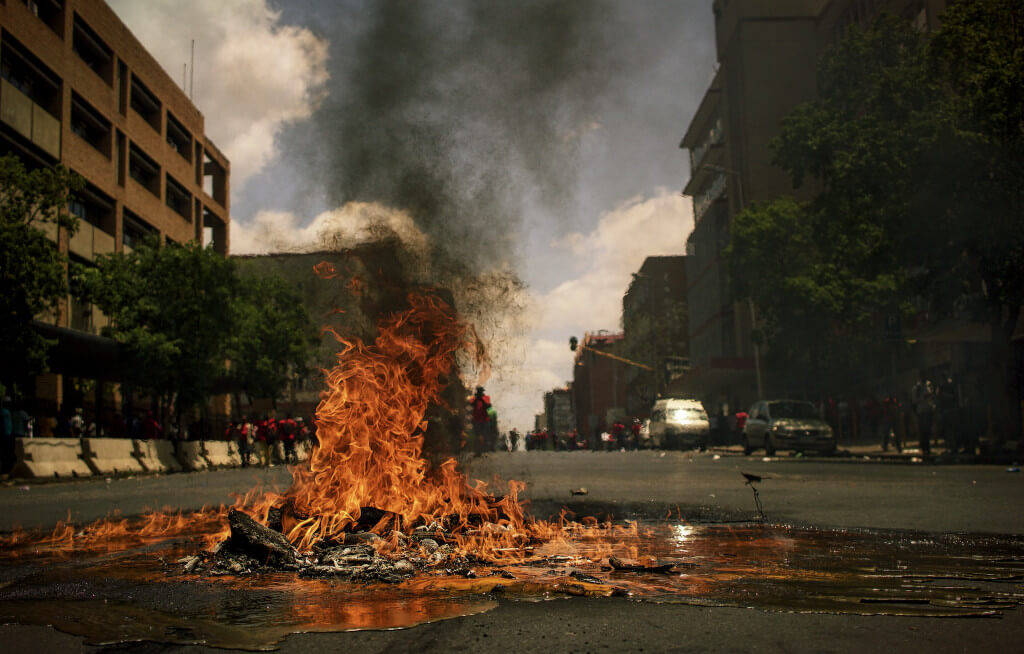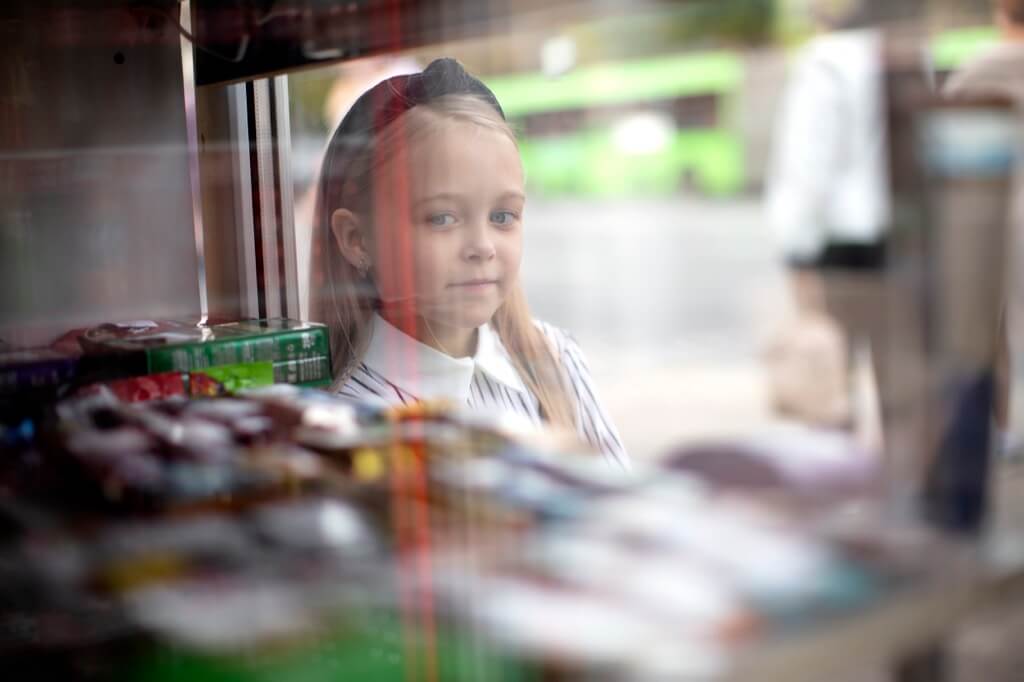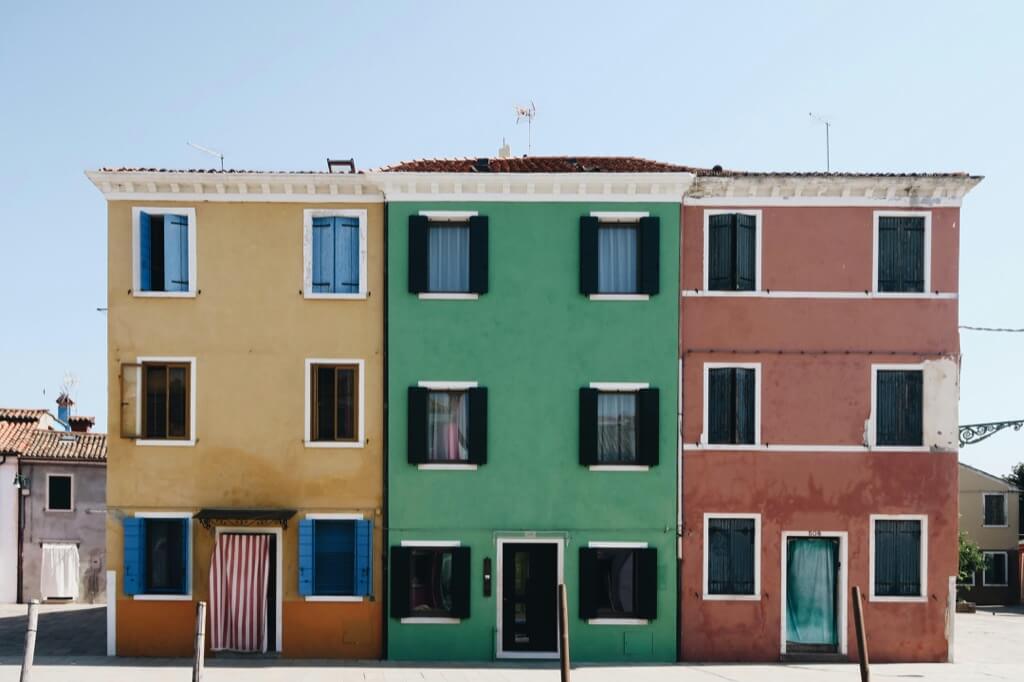Cape Town, in South Africa, was recently chosen as the best city in the world to visit by readers of a UK newspaper, and it frequently ranks highly in similar polls around the world. However, for many locals, the reality is far different.
The South African National Taxi Council called for a strike beginning on August 3, 2023, affecting the entire province of Western Cape. In light of the new traffic bylaw and other problems, minibusses have been pulled from operation until August 9.
Residents of South Africa’s townships, settlements established for persons deemed “black” and “coloured” during apartheid, rely on privately owned minibus taxis as an essential and inexpensive form of transportation.
Many people during the strike had to walk long distances on motorways and roadways in the dark because they couldn’t acquire other transportation out of the city centre. The taxi strike has brought to light South Africa’s continuing spatial inequality and socioeconomic divides, which have not been sufficiently addressed since the end of apartheid, according to my study on spatial inequality in several contexts around the world, including Cape Town.
The Aftermath of Apartheid
Almost 30 years have passed since South Africa’s first free elections. Despite this, the effects of apartheid are still felt today.
Many visitors to Cape Town take the N2 motorway towards the heart of the city after arriving. The flatlands of Cape Town are crossed on the way. As Table Mountain takes shape, so does the chasm between haves and have-nots. The majority of Cape Flats residents identify as black or multiracial. large rates of violence and criminality accompany the large concentration of makeshift, backyard shacks and freestanding structures.
The white minority administration instituted a system of racial segregation and oppression known as apartheid.
Passes were required of people of colour and they were relocated from the city centre to the Cape Flats and other regions. Where they could and could not go as indicated on their passes.
A person risked imprisonment and incarceration if they were stopped while not in a permitted area. These statutes also served to regulate the availability of low-cost workers.
Space Violence
Peace without justice can be seen as an outcome of the persistent inequity. I define the persistent disparity as spatial violence. Separations in the city are cemented and mobility is restricted by factors such as physical distance, inadequate infrastructure, and economic disparity. Likewise, residents of townships are more vulnerable to physical assault.
When “socially regarded assets and the chances to use them” are not distributed fairly, we have spatial injustice. The current iteration of this dynamic can be thought of as “racial capitalism.”
Inequality (a byproduct of capitalism) and racism (a system that supports inequality) meet at the crossroads of racial capitalism. In terms of geography, this is reflected in processes like underinvestment, gentrification, and population loss. This is not unique to South Africa but rather is observable in other urban centres throughout the world. However, South Africa’s history has a role in shaping the current geographical disparity.
The taxi strike is an indication of how widespread this is. Even now, many township residents have a lengthier commute to get to and from their job or education. Because of constant nationwide power outages, this typically means travelling while in the dark and at a higher risk of criminality.
Damage From a Taxi Crash
Five persons were killed throughout the strike days due to random acts of violence. Vehicles and buses were pelted with rocks or set on fire, and stores were robbed. Several medical facilities ceased operations. Bread and milk, among other necessities, were in limited supply and hence expensive in the townships. The most violent neighbourhoods were all located outside of the central business district and the affluent suburbs. Unfortunately, many township residents had trouble getting to and from their places of employment and education. Some restaurants and museums were forced to close early or even stay closed in the city centre, while food delivery was disrupted to other parts of the city.
Dozens of women in the Philippi township protested for a stop to the looting and violence as the strike and turmoil continued. Tensions remain after the taxi strike was called off on August 11 due to an agreement between the taxi council and the government of Western Cape.
The ‘Vest’ City According to Whom?
When determining the “best” city, criteria like gastronomy, nature, and cultural venues are frequently used. These establishments and activities in Cape Town rely on the hard work of people who travel considerable distances from places with limited access to public transport and other essential services.
Cape Town’s high property prices contribute to a socioeconomic divide, making the topic of land redistribution all the more pressing. Social movements and advocates for land justice are working to change this by addressing the issue of affordable housing. Others look to transportation and city planning to bridge gaps.
Apartheid’s lingering effects on Cape Town’s transport and infrastructure are still felt today. The taxi strike’s uneven impact on different neighbourhoods and people demonstrates the brutality of urban inequality.




